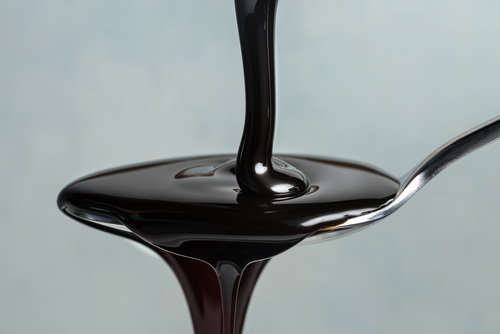Bitumen Recovery
Last updated on May 2nd, 2025 at 04:33 am
For about forty years now, electrical heaters have been used in the petroleum industry. They are often used to assist in recovering crude oil from petroleum deposits, as well as to heat that oil during the refinement process, and to assist in the transportation of refined petroleum products.
 When used in petroleum recovery, electric heaters increase the viscosity of crude deposits, turning it into a more fluid-like substance and enhancing its recovery. Electric heaters are also used in the transportation and preparation of recovered bitumen.
When used in petroleum recovery, electric heaters increase the viscosity of crude deposits, turning it into a more fluid-like substance and enhancing its recovery. Electric heaters are also used in the transportation and preparation of recovered bitumen.
In fact, electric heaters have so many uses in the petroleum industry that it’s worth dedicating an entire article to informing readers about their potential applications.
First of All, What is Bitumen?
Bitumen is sticky, black, semi-solid form of petroleum — often referred to as asphalt. As you can now probably figure out, bitumen is often used in road construction, where it acts as the binder for other particles.
Bitumen also has other industrial uses, and in these cases, extra care must be taken in producing it.
The bitumen you’ve probably seen used in construction is the product of a distillation process of various crude oils — which requires heating to extremely high temperatures of around 970 degrees Fahrenheit.
Canada’s Oil Deposits
About ten years ago, Canada was propelled to the highest order of the world’s current petroleum leaders, with the discovery that western Canada’s oil sand deposits contained vast amounts of crude oil.
Since then, the rush has been on to tap into this high-quality supply of petroleum by adapting various technologies to unlock Canada’s oil reserves. One potential method is inserting electronic heating coils into wells, melting the crude oil deposits in the sands and allowing for easier removal.
Bitumen Production
When the crude oil from a petroleum deposit is processed, it’s heated to a high temperature and a vacuum is applied to it, which raises the effective temperature even further.
During this process, the more volatile components of the crude oil, such as petrol and kerosene, are distilled off, leaving what’s called a vacuum residue. This vacuum residue is sometimes processed further before it’s used as bitumen.
Bitumen Transportation and Tanks
Because of bitumen’s low viscosity, it has to be consistently heated evenly throughout the volume of its container during transportation. Once it’s being held in storage, it also needs to be kept at a high temperature, so as to avoid it becoming solid again.
Also read: Tank Heating Considerations for Bitumen Applications
What Types of Wattco Heaters Can be Used?
The exact types of heaters used in petrochemical applications changes depending on whether it’s a controlled process application, like heating tank or transportation heating, versus an external environment, where the crude is being collected.
For the extraction process, flanged heaters are extremely common. They work very well to penetrate the heat evenly across the material, which loosens and lubricates the deposit.
Circulation heaters are more often used in combination with flanged heaters once the bitumen is collected, because it acts similar to water or any other flowing liquid — it just needs to be kept extremely hot for it to do so.
Control panels are also extremely useful for taking measurements of internal temperature and not using too much energy. With the right instrumentation, such as a thermocouple, heating can be achieved in a clean, energy-efficient way. The control panel and automatic temperature control also increases the life of your Wattco heater by eliminating overheating.
Our flange heater for heavy oil applications, for example, draws lower power than you might expect, and can be ordered with a thermostat so as to prevent overheating or underheating.
Check out the table below for more technical information on just of a few of the dozens of heaters in this line:
|
Item # |
Flange Size |
Power |
# of Elements |
Watt Density |
Thermostat |
|
6 in / 150 lb |
20 kW |
15 |
10 W/in² |
With Thermostta |
|
|
10 in / 150 lb |
70 kW |
48 |
10 W/in² |
Without Thermostat |
|
|
6 in / 150 lb |
15 kW |
15 |
10 W/in² |
Without Thermostat |
|
|
5 in / 150 lb |
2 kW |
9 |
10 W/in² |
With Thermostat | |
|
12 in / 150 lb |
150 kW |
60 |
11 W/in² |
Without Thermostat |
|
|
14 in / 150 lb |
100 kW |
84 |
12 W/in² |
Without Thermostat |
Picking Your Parts
The benefits of using steel or stainless steel construction, for example, can hardly be overstated. Corrosion from moisture and contaminants in the materials surrounding the heaters can be quickly destructive to an electric heater — particularly if the construction of the heater is less than outstanding. So when it comes to electric heaters, it’s important to be picky about the parts you buy.
